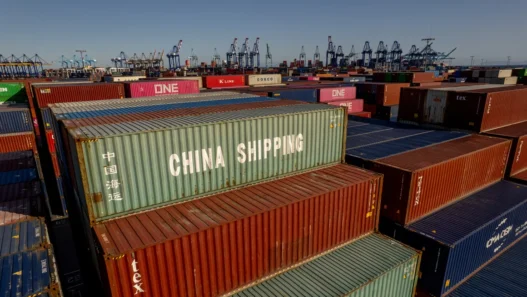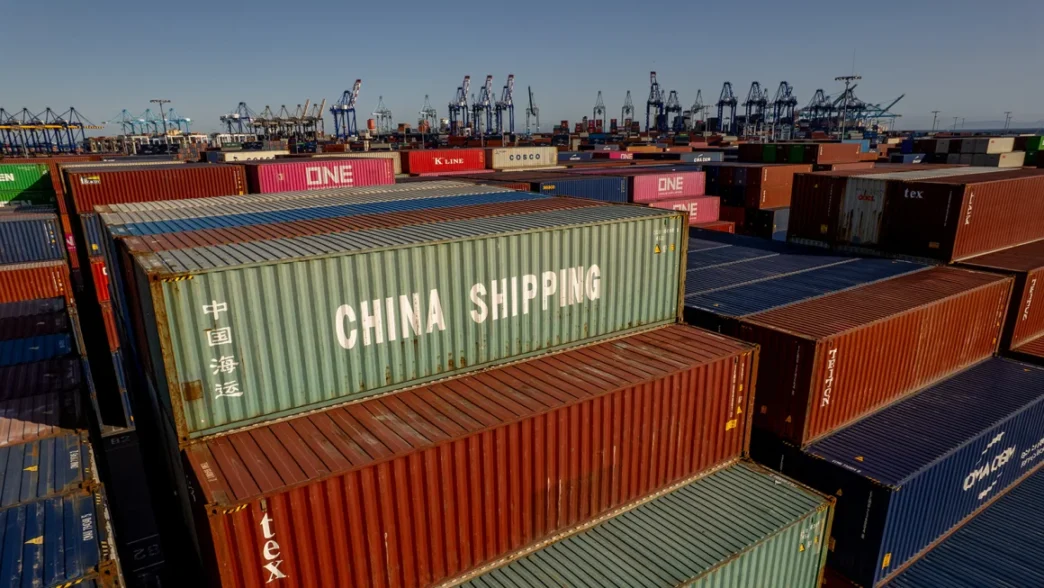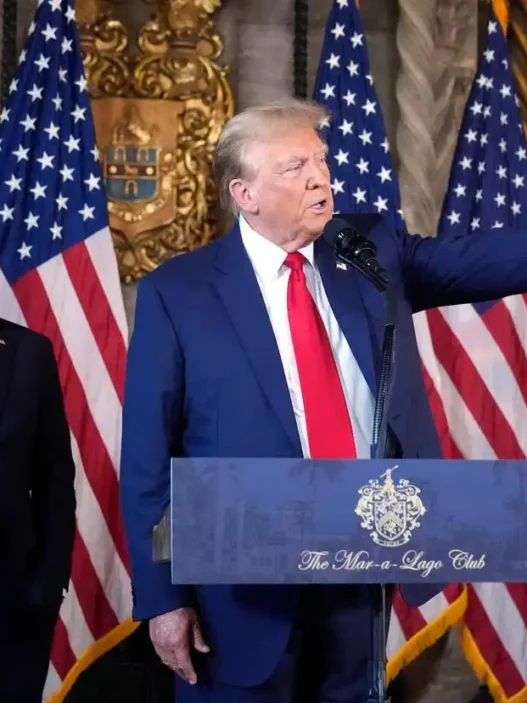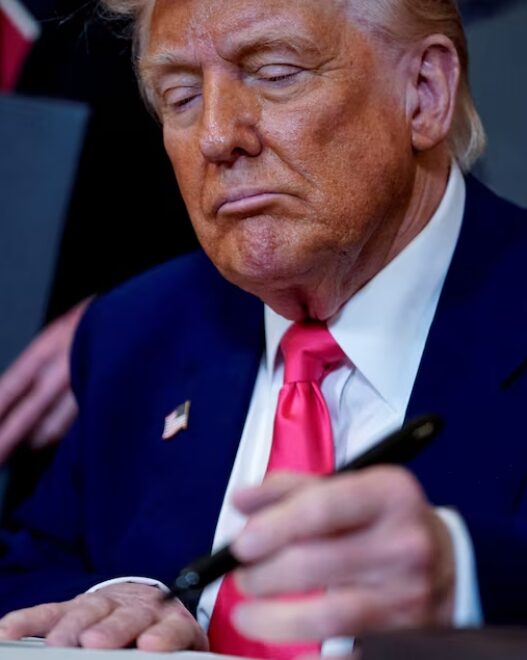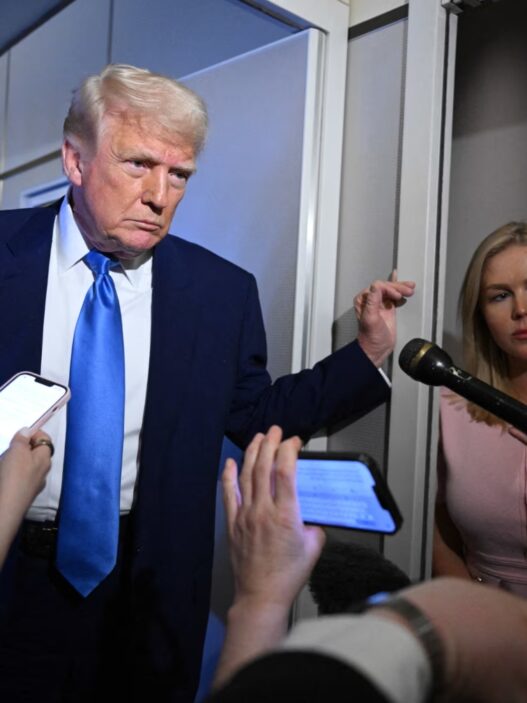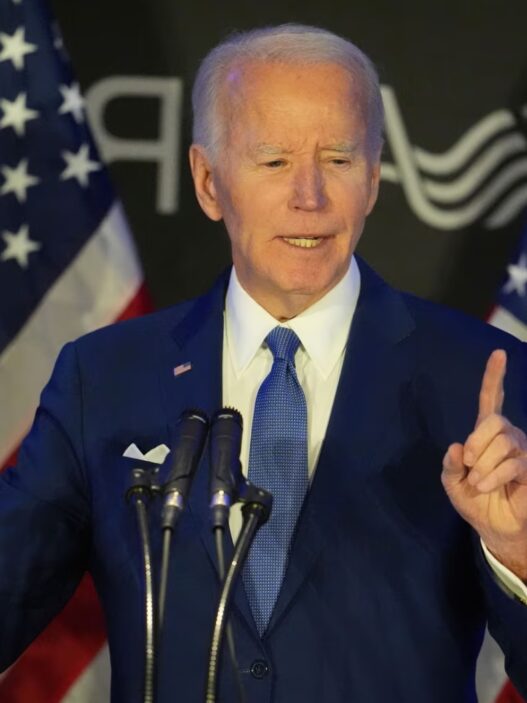In a bold move, US President Donald Trump has threatened to impose an additional 50% tariff on Chinese goods imported into the United States if China fails to retract its countermeasures. This threat comes amid a global market downturn, which has seen stocks plummet for three consecutive days. Speaking from the White House on Monday, Trump made it clear that there would be no pause in the imposition of new tariffs for the sake of negotiations.
“We’re not looking at that. We have many countries that are coming to negotiate deals with us,” Trump said. He emphasized that these would be fair deals.
Trump doubled down on his 50% tariff threat against China unless Beijing withdraws its counter-tariff plans by Tuesday. Should this tariff be enforced, American companies importing certain goods from China could face a staggering 104% tax. Trump also reiterated this threat in a post on his social media platform, Truth Social, urging China to drop its 34% counter-tariff on US goods, which was announced just days earlier.
The Origins of the Tariff War
This latest escalation follows Trump’s declaration last Wednesday of a 34% tax on Chinese imports as part of his “Liberation Day” plan. This initiative introduced a minimum 10% tariff on nearly all of America’s trade partners. If implemented, the total tax on Chinese goods entering the US could reach 104%. This would be due to the already-existing 20% tariffs imposed in March and the new 34% duty.
Trump warned that any country retaliating against the US by imposing additional tariffs would face even higher taxes. In his words, “Any country that retaliates against the U.S. by issuing additional tariffs will be immediately met with new and substantially higher tariffs.”
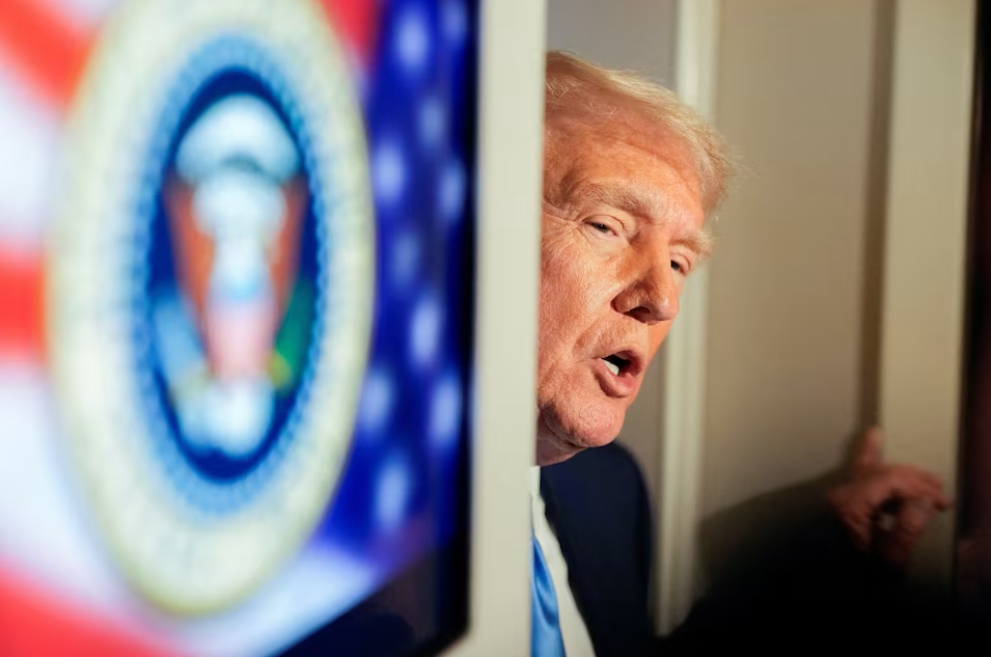
Beijing Responds to US Threats
In response to Trump’s hardline stance, China shot back, asserting that “pressuring or threatening China is not the right way to engage.” A spokesperson for the Chinese Embassy accused the US of engaging in economic bullying. Liu Pengyu, the spokesperson, criticized the US for putting “America first” over international norms.
after the US president vowed to ratchet up tariffs again on Monday, Beijing once again vowed to hold the line. “The US threat to escalate tariffs on China is a mistake on top of a mistake,” its Commerce Ministry said a statement.
The threat “once again exposes the blackmailing nature of the US,” the statement said. “China will never accept it. If the US insists on its own way, China will fight to the end.”
Beijing’s defiance is part of what has appeared to be a carefully calibrated confidence from a Chinese government that’s decided to position itself an oppositional force standing up to what it calls “unilateral bullying” from the US.
Trump’s Unyielding Stance
Trump maintained that both permanent tariffs and ongoing negotiations could coexist. “We have a $36 trillion debt for a reason,” he stated, underscoring the need to secure better deals. “It’s now America first,” he added, emphasizing that the US was prioritizing its own interests in trade negotiations with countries around the world, including China.
Global Markets React to the Trade Crisis
The threat of higher tariffs has caused turmoil in global markets. The stock markets in the US, Europe, and Asia have been hit hard since Trump announced the new tariffs. On the opening day, US stock markets dropped significantly. Major European indexes, including London’s FTSE 100, closed with losses exceeding 4%. In Asia, the Hang Seng Index in Hong Kong suffered its largest single-day drop since 1997, tumbling more than 13%.
These developments have raised fears of a global trade war, particularly hurting Chinese manufacturers, who rely heavily on exports to the US market.
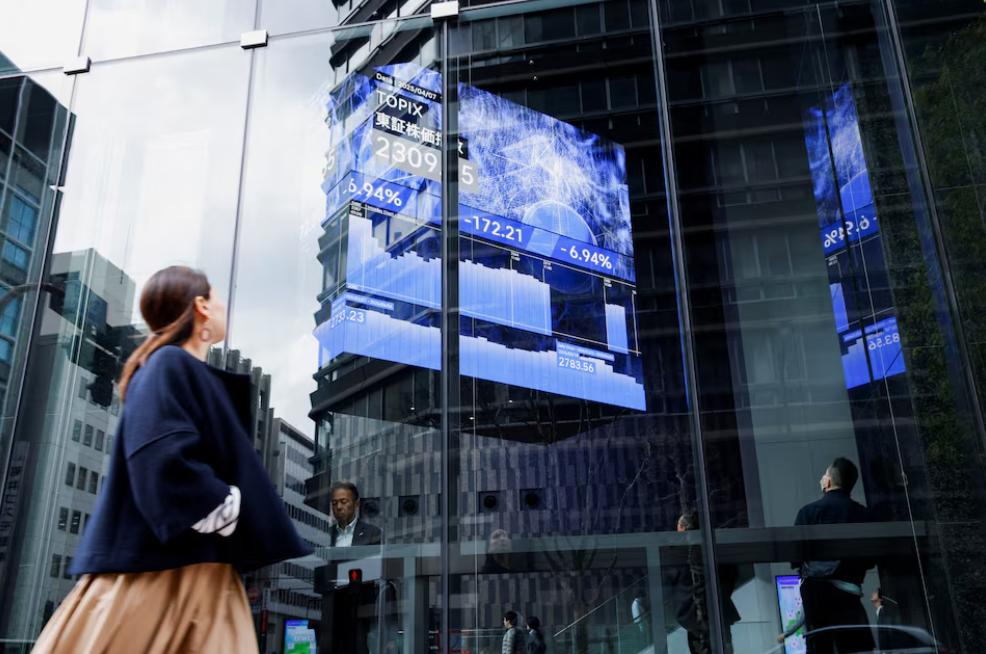
A Glimpse into Negotiations with Other Countries
Trump’s social media post also revealed that discussions with other nations about their tariffs would begin immediately. On Monday, Trump met with Benjamin Netanyahu, the Prime Minister of Israel, at the White House. Netanyahu assured that Israel would work to eliminate its trade imbalance with the US, calling it the “right thing to do.”
Starting April 9, Israel will face a 17% tariff as part of Trump’s “Liberation Day” policy. Additionally, Japan is expected to send a negotiation team to discuss the matter further. Ursula von der Leyen, the President of the European Commission, also offered Trump a “zero-for-zero tariff” deal. However, she also made it clear that the European Union (EU) was ready to retaliate with countermeasures if needed.
“We are also prepared to respond through countermeasures and defend our interests,” von der Leyen stated.
Trump’s Growing Conflict with the EU
Trump later responded by accusing the EU of being formed to “really do damage to the United States and trade.” This escalating rhetoric has further strained relations between the US and its global trading partners, particularly in the context of the ongoing tariff conflict.
As the tension rises, the future of international trade remains uncertain, with many concerned about the long-term impacts on global markets and the economy.







